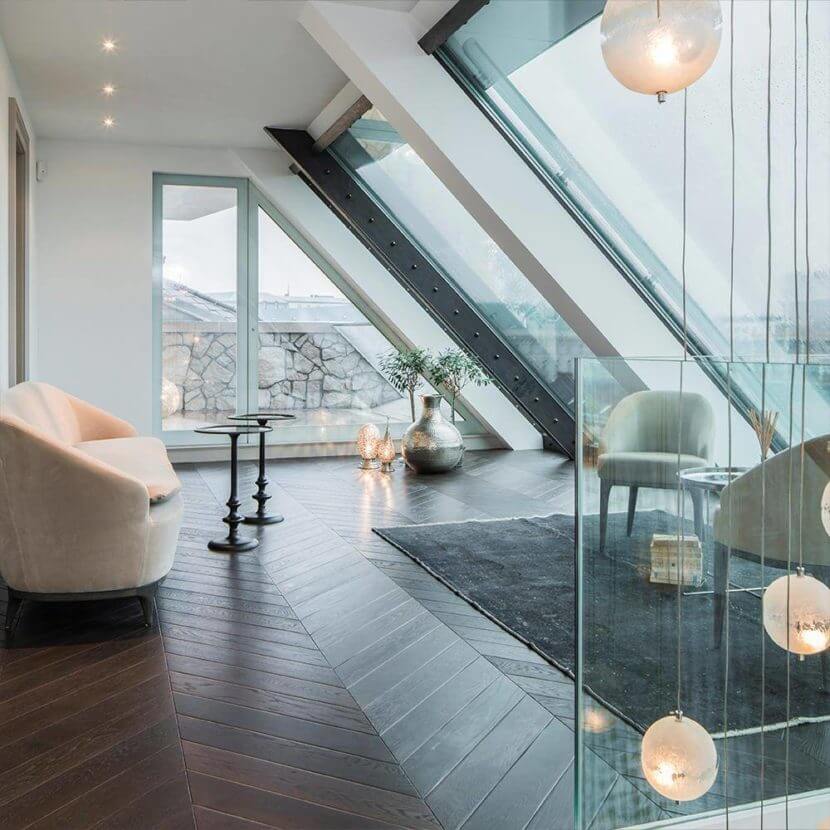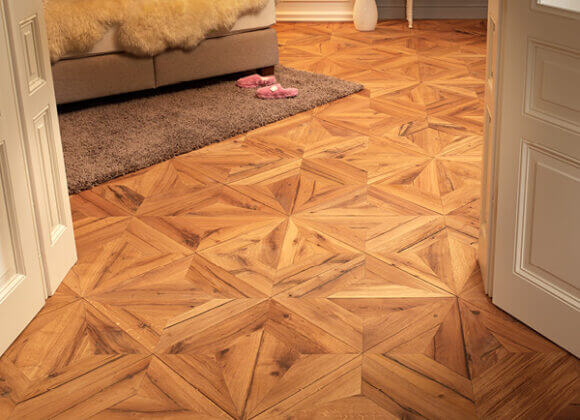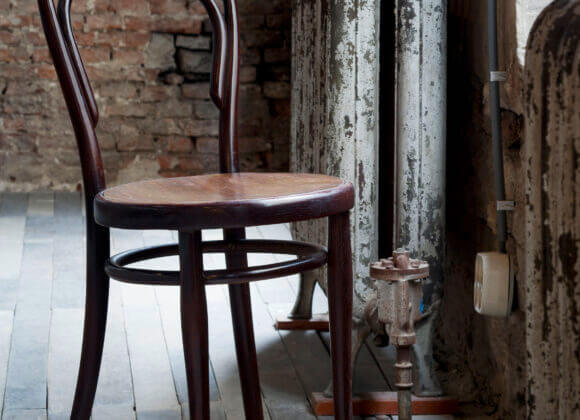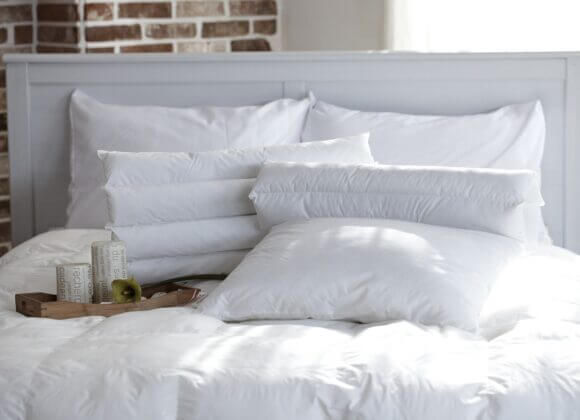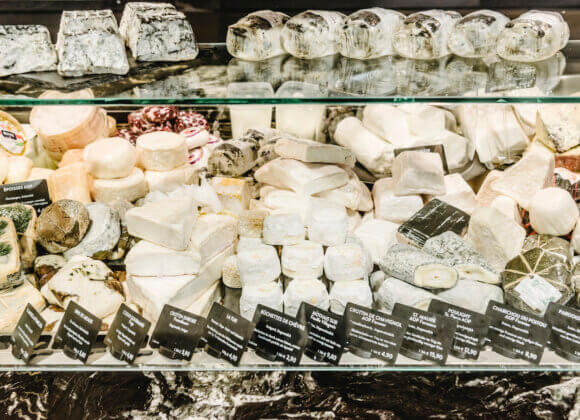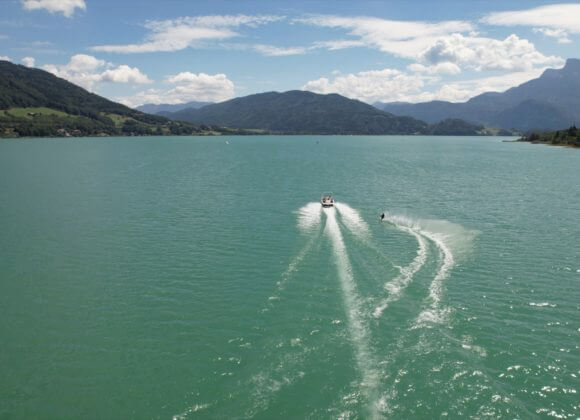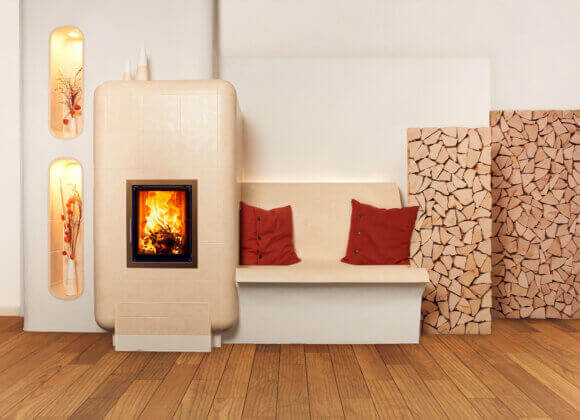The ultimate parquet guide
No other flooring is as noble and timeless as that made of wood. And the offer is enormous. In the traditional Viennese company “Dania”, founded at the end of the 19th century by Karl Dania and in the meantime expanded to include parquet, upholstery and stucco, you are virtually immersed in a parquet land of milk and honey. 35 international manufacturers deliver to the company, which is now run by Michael Dania in the fourth generation and summa summarum “we come to 10-20,000 articles that we have in the assortment,” says parquet expert Thomas Scheibelhofer. He also takes us into the world of parquet, explains the most important differences between solid and finished parquet and reveals tips and tricks on how to keep your parquet floor as beautiful as possible for as long as possible.
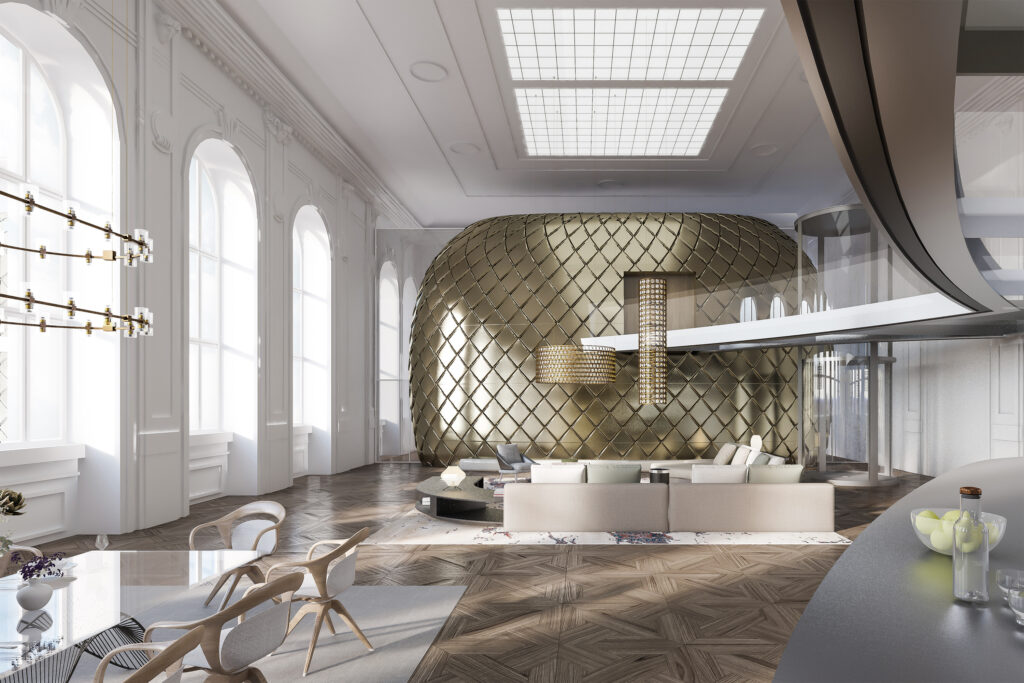
How to recognize good parquet? Only on the price?
I would even say that you can not recognize good parquet at all by the price. Wood is a natural product, a very heterogeneous material, which accounts for its great diversity. The materials and auxiliary materials used for the production of parquet are equally diverse.
But before it comes to the finer details, the buyer must first decide between solid and finished parquet. What does the professional advise?
In any case, mainstream is coated parquet. This is also due to the fact that solid parquet, after all, is delivered in the raw state, laid and only then oiled, and can expand due to the different humidity – in winter 20%, in summer 80%. That is, if I do not glue or layer glue the board, I will soon have a visible joint between the boards. Of course, the more stable the humidity is throughout the year, the less of a problem you have.
This sounds like a plea for multi-layer parquet….
It always depends on what I want from my floor and where I want to install it. Solid wood is rather unsuitable for bathrooms, conservatories and underfloor heating, multilayer parquet is available lacquered or oiled and it can be used everywhere. And quite uncomplicated to maintain.
A good point! What do you need to consider here?
In principle, it must be said: if you do not want a lot of maintenance, reach for a ready-made parquet, herringbone, fully laid. The following applies: Always wipe with a damp cloth. So with a very well wrung cloth, leaving only a light film of moisture on the floor. Standing moisture should be avoided at all costs, because the moisture can enter in the area of the joints – and then the floor swells and warps.
And if there should ever be a scratch?
Here we distinguish whether the floor is lacquered or oiled. Paint is better these days than it was in the ’80s. But still, wood remains wood in the end – with places that are denser and places that are just less dense. Finished parquet can be treated with polish, the agent is layer-forming and thus gives a good protection, if you do it regularly – that is, once a year.
What are the current trends in wood and installation?
Today, more than 90% of our customers turn to oak. Until the 1990s, every third square meter was beech, birch or chestnut, which you see less often today. But coniferous woods such as Swiss stone pine also have a lot to offer in terms of haptics and acoustics. Here is also always the question: in which room should which parquet?
And in terms of relocating?
Clearly, oak planks are leading the way here, with planks also becoming wider and wider, showing the full variety of texture and color of the wood. Also very popular is still the herringbone, here currently especially the French variant with an inclination of 45 or 60 degrees. And many people also put back on blackboard parquet. Also, because he immediately makes a room look extremely noble. What is important when laying: the parquet must necessarily be firmly connected to the subfloor, that is glued or nailed. However, you need a very good craftsman, because there are many inspection and warning obligations to comply with.
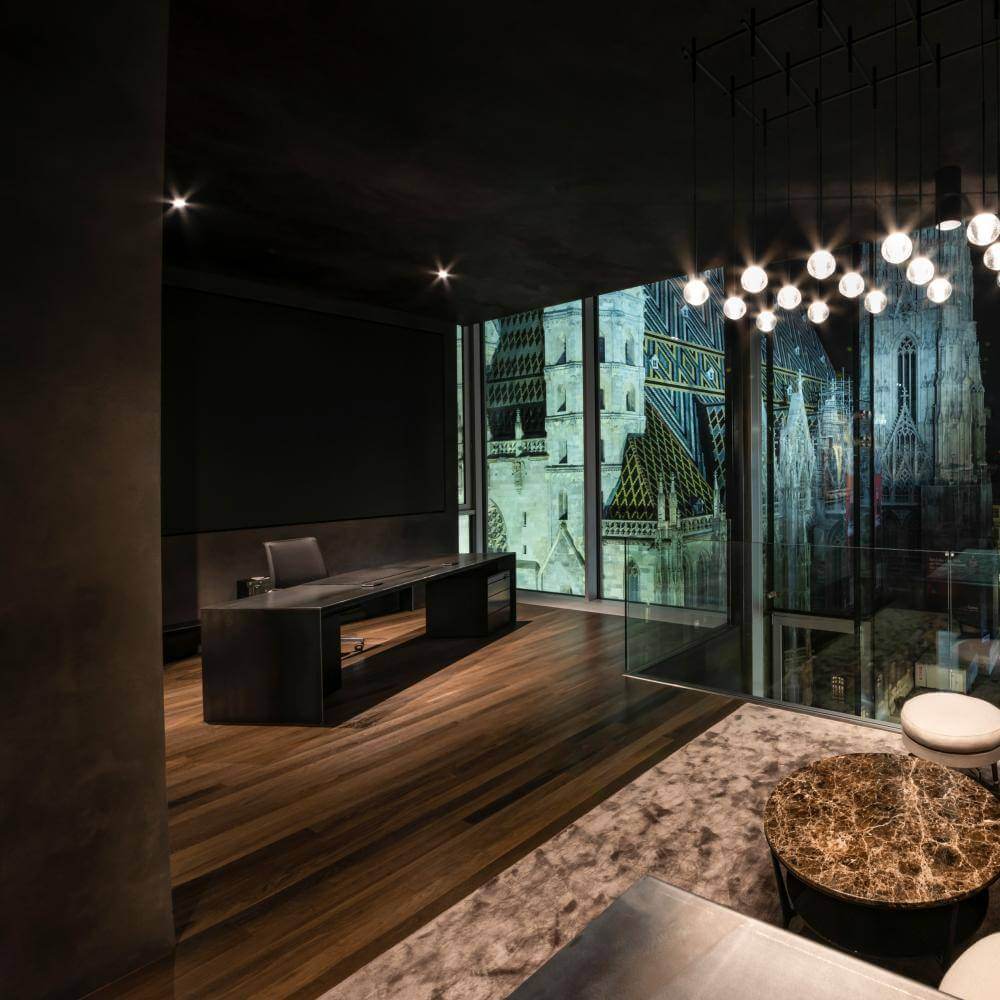
Landlust: Luxury real estate in the countryside
Urban: Luxury properties Vienna Urban
Villa location: Luxury properties Villa location
For ski fans: Luxurious living for ski fans
On the waterfront: luxurious living on the waterfront
Hotel service: Luxurious living with hotel service
Exquisite view: Luxurious living with an exquisite view
For golf fans: Luxurious living for golf fans
Classic elegance: Luxurious living in classic elegance


